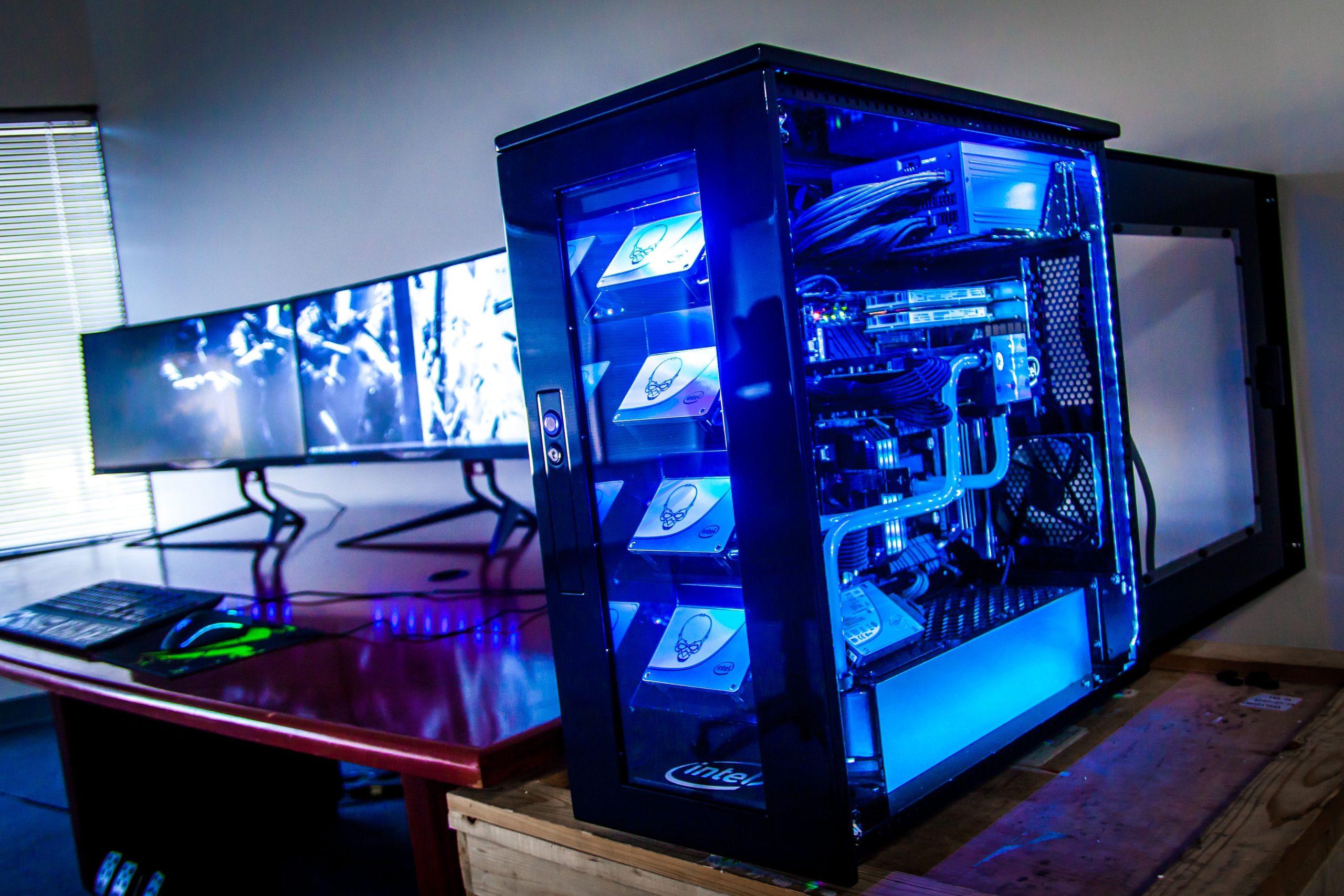Image classification is a fundamental task in computer vision that involves categorizing images into predefined classes or labels. It plays a crucial role in various applications such as object detection, autonomous driving, medical imaging, and more. In recent years, there has been a growing interest in fine-grained recognition, which aims to classify objects within highly similar subcategories. This article explores the techniques and challenges associated with image classification for fine-grained recognition.
Visit: https://10xengineers.ai/
Understanding Image Classification
Image classification involves training a model to learn patterns and features within images and predict their corresponding labels. It utilizes machine learning algorithms to analyze visual data and make accurate predictions. Traditional image classification methods relied on handcrafted features and shallow learning models. However, with the advancements in deep learning, especially convolutional neural networks (CNNs), the field has witnessed significant progress.
Fine-Grained Recognition
Fine-grained recognition focuses on distinguishing objects that belong to the same general category but have subtle differences. For example, differentiating between various species of birds or identifying specific dog breeds. This task requires models to capture intricate details and subtle variations, often found in localized regions of an image.
Challenges in Fine-Grained Recognition
Fine-grained recognition poses unique challenges due to the subtle differences between subcategories. The key challenges include:
- Limited Interclass Variation: Fine-grained categories share common characteristics, making discrimination challenging.
- Intraclass Variation: Objects within a category can exhibit significant variations, including pose, lighting conditions, and occlusions.
- Large Number of Classes: Fine-grained datasets can contain thousands of classes, increasing the complexity of classification.
Techniques for Image Classification
To overcome the challenges in fine-grained recognition, various techniques have been developed. These techniques focus on improving the discriminative power of models and capturing fine-grained details.
Deep Learning Approaches
Deep learning has revolutionized image classification by automatically learning complex features from raw pixel data. CNNs, in particular, have proven highly effective in extracting hierarchical representations. Models such as VGGNet, ResNet, and InceptionNet have achieved remarkable performance on benchmark datasets.
Transfer Learning for Fine-Grained Recognition
Transfer learning leverages pre-trained models on large-scale datasets to extract useful features and adapt them to fine-grained recognition tasks. By utilizing the knowledge learned from general tasks, models can achieve better performance with limited training data. Techniques like fine-tuning and feature extraction are commonly used in transfer learning.
Data Augmentation
Data augmentation is essential in fine-grained recognition to address the limited dataset problem. Techniques such as rotation, scaling, flipping, and cropping are employed to generate additional training samples. This enables models to generalize better and capture variations within classes.
Feature Extraction
In fine-grained recognition, identifying informative features is crucial. Traditional methods used handcrafted features like SIFT, HOG, or Gabor filters. However, deep learning approaches automatically learn features from data, enabling more effective representation learning.
Model Training and Evaluation
Training a fine-grained recognition model involves feeding labeled images into the network, optimizing the model parameters, and adjusting the weights. Techniques like stochastic gradient descent and backpropagation are commonly used. Evaluation is performed using metrics such as accuracy, precision, recall, and F1 score.
Performance Metrics
Performance metrics provide insights into the effectiveness of fine-grained recognition models. Commonly used metrics include top-1 and top-5 accuracy, which measure the percentage of correct predictions within the first and top five ranked classes, respectively.
Applications of Fine-Grained Recognition
Fine-grained recognition finds applications in various domains. It is used in wildlife conservation to identify endangered species, in retail for visual search and recommendation systems, in healthcare for disease diagnosis, and in autonomous vehicles for object recognition.
Future Trends
The field of fine-grained recognition is constantly evolving. Future trends include the exploration of advanced architectures, attention mechanisms, and the integration of multi-modal information. Additionally, the use of generative models for data augmentation and the development of efficient training techniques are areas of active research.
Conclusion
Image classification for fine-grained recognition is a challenging task that requires models to capture subtle differences between closely related categories. With the advancements in deep learning and techniques like transfer learning and data augmentation, significant progress has been made. The application potential of fine-grained recognition is vast and spans across several domains.
FAQs
- What is fine-grained recognition?
- Fine-grained recognition focuses on distinguishing objects within highly similar subcategories, such as specific dog breeds or bird species.
- How does deep learning contribute to image classification?
- Deep learning, particularly convolutional neural networks, automatically learn complex features from raw pixel data, enabling more accurate image classification.
- What is transfer learning, and how does it benefit fine-grained recognition?
- Transfer learning utilizes pre-trained models to extract useful features and adapt them to fine-grained recognition tasks, improving performance with limited data.
- Why is data augmentation important in fine-grained recognition?
- Data augmentation generates additional training samples by applying transformations to the existing dataset, addressing the limited dataset problem and improving model generalization.
- What are some applications of fine-grained recognition?
- Fine-grained recognition is applied in wildlife conservation, retail, healthcare, and autonomous vehicles for tasks like species identification, visual search, disease diagnosis, and object recognition.






